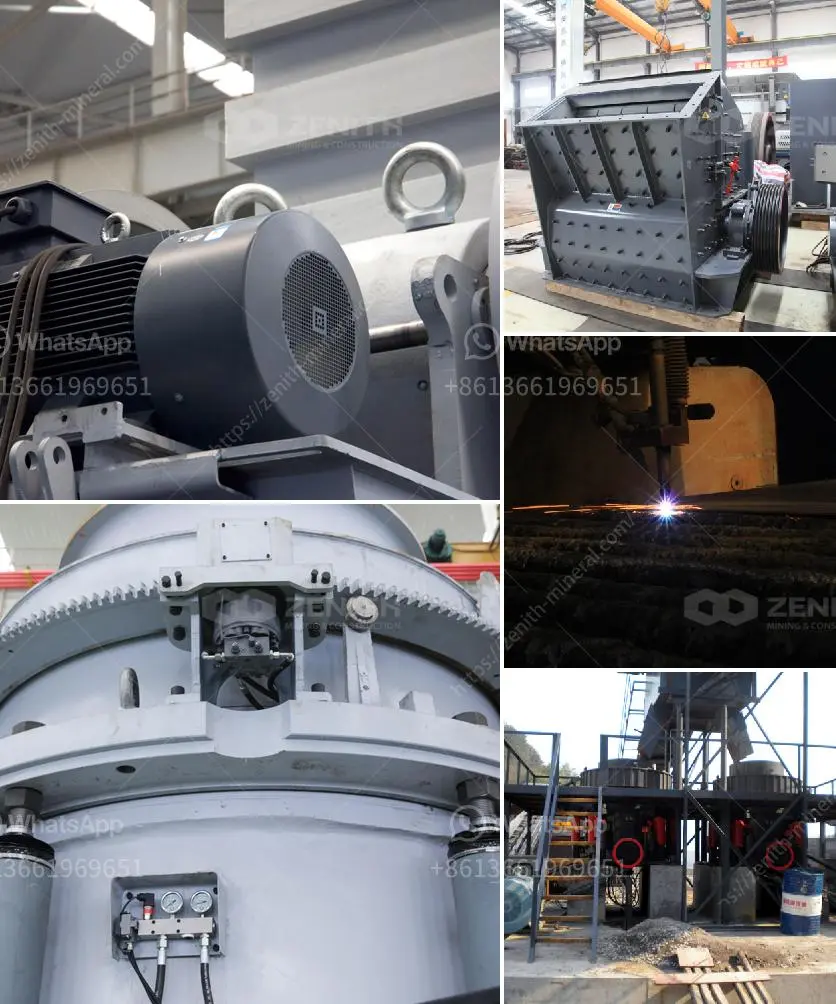Choosing wear-resistant parts for abrasive limestone operations is crucial to minimizing equipment downtime and optimizing productivity. Here are some key considerations to guide your decision-making process:
-
Material Composition:
- High Chrome Alloys: These are often used in wear parts due to their hardness and excellent abrasion resistance. They are suitable for high-impact and abrasive environments like limestone processing.
- Ceramics and Carbides: Ceramic coatings or carbide-tipped components provide exceptional abrasion resistance, which is ideal for extremely abrasive limestone operations.
- Rubber and Polyurethane Liners: For parts that deal with less impact but moderate abrasion, these materials can offer good wear resistance and noise reduction.
-
Operation Conditions:
- Particle Size and Hardness: Consider the limestone's characteristics. Larger, harder particles will demand tougher materials.
- Impact vs. Sliding Wear: Identify whether parts experience high impact or sliding wear. This influences whether you need toughness (for high impact) or hardness (for sliding wear).
-
Component Design:
- Modular Designs: Opt for modular wear-resistant parts that can be easily replaced. This reduces downtime and allows for specific targeting of high-wear areas.
- Thickness and Shape: Thickness should be appropriate for the expected wear rate, and the shape should facilitate easy material flow while minimizing abrasion.
-
Cost vs. Longevity:
- Evaluate the cost-effectiveness by considering both the upfront cost and the longevity of the part. Sometimes investing in higher-quality parts that last longer can reduce overall costs.
-
Manufacturer Reputation:
- Choose parts from reputable manufacturers known for quality and expertise in producing wear-resistant materials for abrasive environments. Manufacturer warranties and customer service can be important factors.
-
Compatibility and Fit:
- Ensure that the chosen parts are compatible with the existing equipment and installation requirements, to avoid additional adjustments or modifications.
-
Testing and Feedback:
- Look for products that have been tested and reviewed positively in similar operations. User feedback and case studies can provide insights into performance and reliability.
-
Technological Advancements:
- Explore if there are any recent advancements or new materials available that could offer better performance or cost savings.
-
Environmental Conditions:
- Consider any environmental factors such as humidity, temperature, and corrosion potential that might impact wear resistance and choose materials accordingly.
Ultimately, it is important to balance these factors according to the specific needs and constraints of your operation. Regularly inspecting wear-resistant parts and conducting preventative maintenance can also help extend their lifespan and maintain optimum performance.

